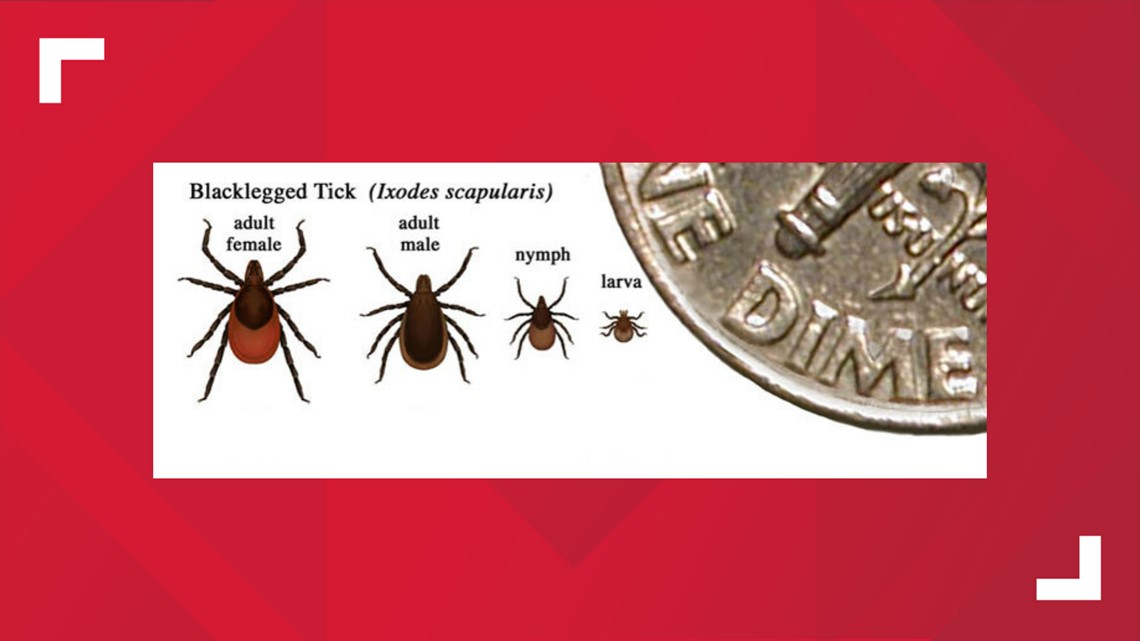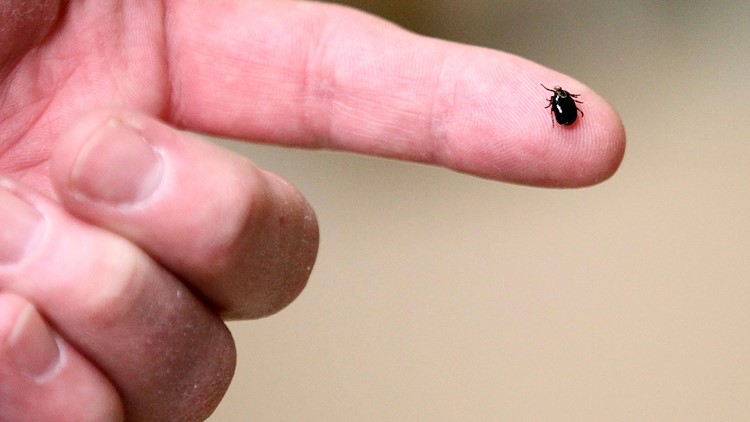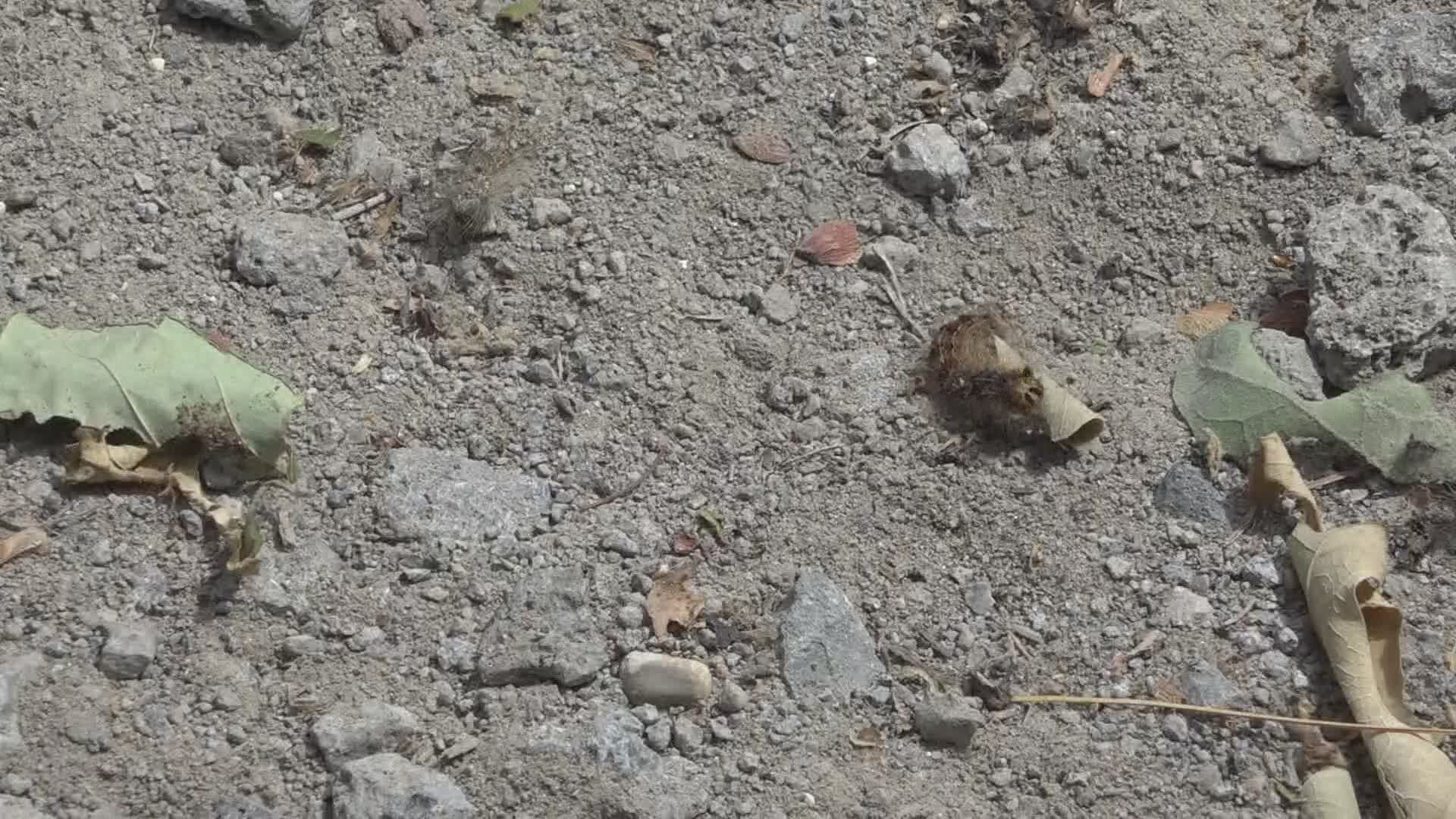Tick season is upon the nation, and Michigan is no exception. This year, however, the effects are expected to be worse, the Ottawa County Department of Health warns.
Due to this summer’s continuous hot, humid weather, ticks are on the rise – including the specific type of tick that causes Lyme disease.
A blacklegged or deer tick are the ones to look out for, the CDC says. They represent about 20% of ticks statewide and are typically found in the wooded and grassy areas of Michigan. This type can become infected and spread Lyme disease to any host.
People are most commonly infected by immature blacklegged ticks, known as nymphs. This type is problematic because they are harder to spot, typically averaging the size of a poppy seed.


The Ottawa County Department of Health says there is a way to combat the incoming tick invasion, however. For one, ticks must be attached for 36 to 48 hours or more before the Lyme disease bacterium can be transmitted.
“Prompt removal of ticks is the best method to decrease the chance of Lyme disease,” said Dr. Paul Heidel, their medical director.
“Seek medical attention if you develop a fever, a rash, severe fatigue, facial paralysis, or joint pain within 30 days of being bitten by a tick,” he said.
The best way to prevent bites before they happen is to wear repellent containing DEET (20 to 30%) on exposed skin, treat clothing and gear with products containing 0.5% permethrin and to avoid wooded and brushy areas with high grass.
If Michigan residents are spending the summer outdoors, they should make sure to walk in the center of trails and create tick-free zones in their yards, the CDC explains. Play areas and patios should be kept away from vegetation and plant debris.
After leaving natural areas, Michiganders should bathe or shower within 2 hours of their visit, examine gear and pets, conduct a full-body tick check and wash their clothes in hot water to kill any remaining insects.
If a tick is found, use fine-tipped tweezers to grab the tick as close to the skin as possible. Remove the insect slowly, with even pressure in order to avoid breaking the mouth off. Clean the area with rubbing alcohol, an iodine scrub or soap and water.
For more information on Michigan’s tick population, visit the Michigan Department of Health and Human Services’ infographic here.
►Make it easy to keep up to date with more stories like this. Download the 13 ON YOUR SIDE app now.
Have a news tip? Email news@13onyourside.com, visit our Facebook page or Twitter. Subscribe to our YouTube channel.




